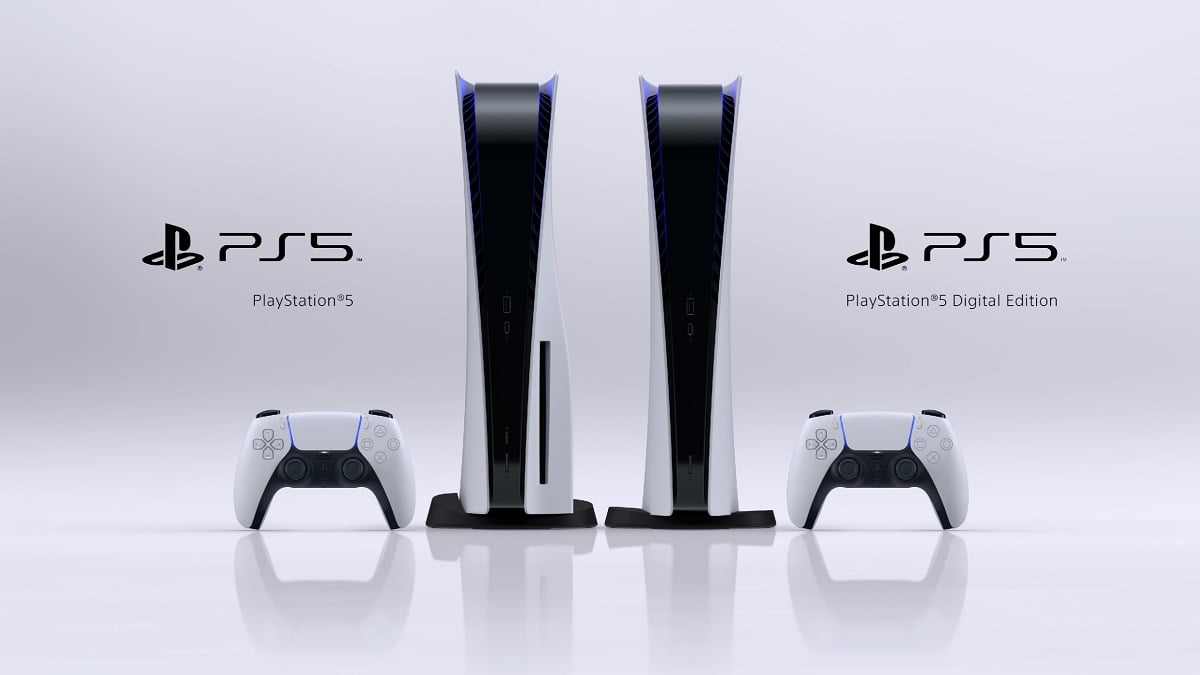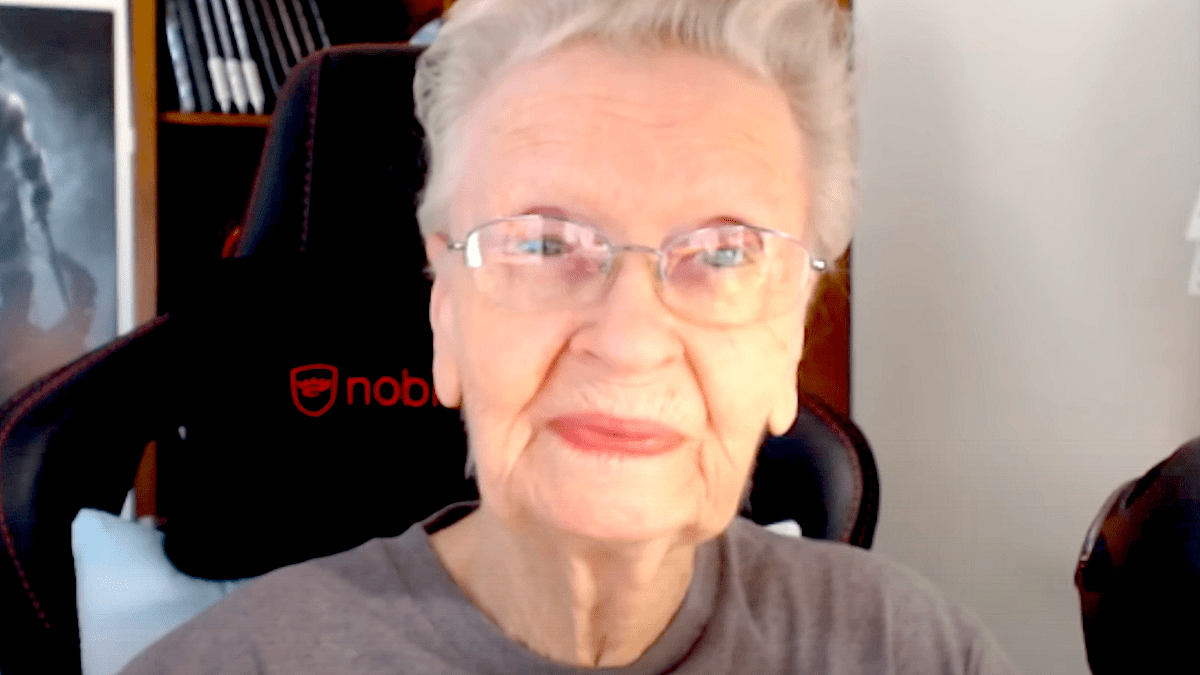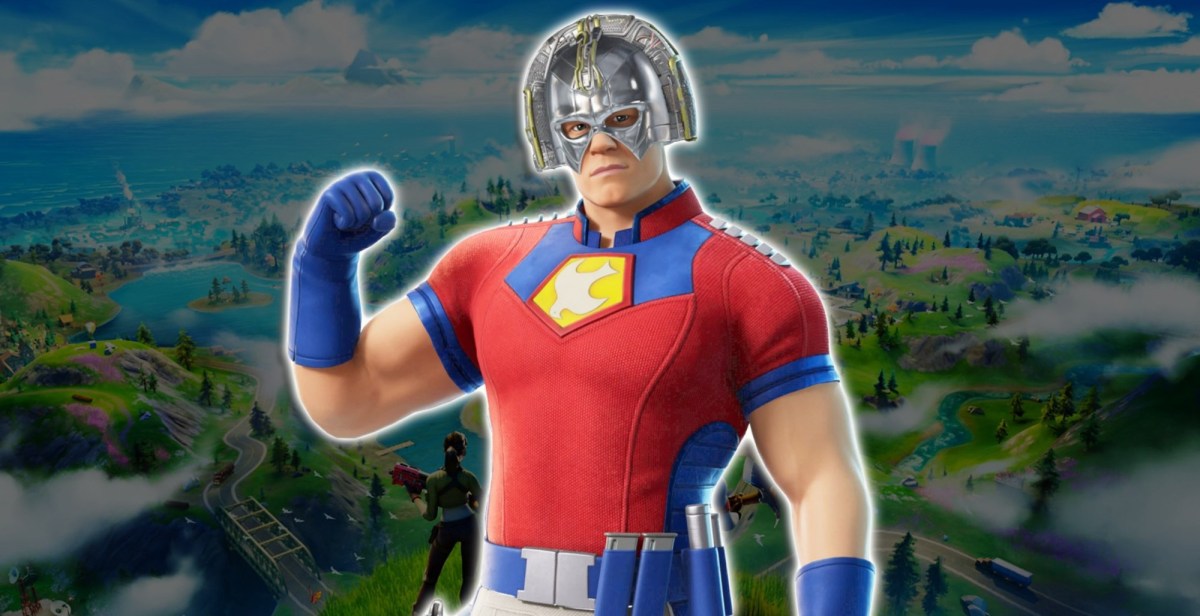While I wouldn’t call myself an expert, I’m pretty well-versed in the world of the Metroidvania. Seriously, just look through what I’ve previously covered for the site if you need proof. It’s one of my favorite genres, and I’m always interested in a new release. Much like the recently ported Hollow Knight, Dead Cells is something I have had my eyes on for awhile. In early access for the past year, the platformer has now finally reached it’s final state. Sometimes, a game may not end up being worth the wait, but that’s definitely not the case here.
Dead Cells is described as a “Roguevania” by developer Motion Twin, and that’s honestly the best descriptor of it. The title has the fiendish difficulty of the former, and sprawling platforming of the latter. The abject terror of understanding that dying means losing most of the progress you have made, and a series of levels designed for deep exploration. It takes the best elements of those two disparate genres, and fuses them together into one palatable experience. It may sound like the most indie-ist game to ever indie, but when the shoe fits, it fits.
There’s not much of a plot to be had, but your goal seems like you are out for revenge. You’re some kind of almost human being, referred to as the Prisoner, who was executed years prior. For some reason, you have been blessed, or cursed I suppose, to continually wake from the dead in order to continue your mission. That’s basically the only set-up the title has, and the little bits of lore you find exploring are the only clues you’ll get as to what really happened on the island the Prisoner is trapped on. This is not an adventure for those looking for a deep narrative.

The ever-looming specter of resurrection is what gives Dead Cells its rouge-like flavor. Dying sucks, and losing a large chunk of progression is always a bummer, but it’s not the end of the world. You’ll lose all of your equipment when you start over, but certain upgrades stick around no matter what. Some open up new areas for you to traverse, while others grant you huge benefits for any following run. You’ll need to beat bosses in order to acquire some of these upgrades, but others can be purchased via bells you pick-up from defeated enemies. These come in the form of both starting upgrades (extra health potions, random starter item) and new weapons that can then be found in-game. You’re free to spend the bells as you please, but it helps to curtail your purchases to how you wish to approach your journey.
Another example of classic rouge-like design is how the island redesigns itself at the start of every run. While the path you take always goes in the same order, unless you take a different road, each area always gets tweaked when you start over. And that means every aspect of it gets reworked, so you’ll have to pay attention. Enemy placement, item drops and just the general layout of each level is never the same two times in a row, for better or worse. Sometimes you’ll be rewarded with great weapons right off the bat, while other times you’ll be pulling your hair out after receiving another lackluster item. The RNG giveth, and the RNG taketh, but at least you’ll never be bored.
It’s tough to strike the perfect balance of difficulty that rouge-likes necessitate, but I think Motion Twin does an excellent job. I have died repeatedly in some sections, but making the journey back to my grave never felt like too much of a hassle. Part of that stems from how enjoyable the core game, but the excellent progression system also plays a major role. Every time I died, I didn’t feel like I just wasted a good chunk of time, because I was always getting some kind of reward out of it. Sometimes it was experience with a new weapon, other times it was chipping away at a substantial permanent upgrade. When combined with the title’s randomized nature, every run was always worth undertaking in the end, even if it did not always seem like it.

Motion Twin also nails the Metroidvania portions as well. Split up into several large chunks, the world of Dead Cells is built for exploration. Each level holds unique areas that house everything from powerful upgrades to dangerous elite enemies. You can sprint through each one as quickly as you like, but taking in the entirety of each section is something I would recommend. Not only will it lead to you being better equipped for the latter sections of the game, but it’s also just a lot of fun to dive deeper into this world. The layouts of each level are a blast to deal with, and there are almost always fresh details for you to uncover in a new run.
Even with how challenging Dead Cells can get, the combat is simple enough to follow. The Prisoner has four slots that can be used to equip items. Two of them are for hand-to-hand weapons, while the other two house throwables and traps. You’ll start out with a rather basic arsenal, but as you progress, you’ll begin to unlock more powerful and power-specific items. While acquiring stronger tools is definitely smart, it’s also beneficial to pay attention to any bonuses these items possess. For example, a bear trap you get may deal out additional damage to any enemy who is poisoned. Knowing that, it would make sense to look out for a melee weapon that can also poison enemies. Learning how to work with the tools you are given helps give each new run a totally different flavor.
It helps that when it comes down to it, it is genuinely fun to fight enemies. This isn’t a fighter, so your combat options can seem a little limited. That’s not necessarily a bad thing, however. As long as you can swing a sword and parry a strike, you can do pretty well for yourself. And while some may want the combat to be deeper than just one type of swing, the simplicity only made the experience that much more endearing. There’s no need to muck up a perfectly competent combat engine with excessive moves that wouldn’t fit into the game properly. Experimenting with different swords, traps and grenades provided more than enough enjoyment for me.

If there’s one area where Dead Cells falters, it’s probably the few boss battles you are forced to deal with. Spread out pretty evenly across the campaign, each battle has the Prisoner taking on a massive Keeper. Like everything else in the title, they are all pretty tough, and having a good load-out will go a long way towards ensuring victory. Unlike fighting regular foes, though, dealing with these sections over and over again begin to grate after awhile. They serve their purpose of providing a stiff challenge, and you are handsomely rewarded for taking them out, but I had runs where I wished I could just bypass them altogether after the first several times.
Beautifully animated and bursting with color, Dead Cells is an absolute treat to look at. With looks inspired by the original Prince of Persia, the rotoscope-inspired visuals are stunning. From the graceful movements of the Prisoner, to the assorted enemies you come across, the graphics almost never fail to impress. The levels are equally easy on the eyes, despite some of the less than pleasant areas you travel to. It may be gross to explore, but it’s rare you see a disgusting sewer this nice looking. The Yoann Laulan-composed soundtrack does a decent enough job of following the action, but there are times the music seemed to cut out entirely. Maybe I was spending too much time in one area, but it was still an unwelcome happening.
Even in a golden age of platforming, Dead Cells stands out magnificently. The fusion of rouge-like challenge and Metroidvania exploration has been executed masterfully by Motion Twin. The result of their unique combination is an experience that feels remarkably fresh, even if the mechanics its built on are not. If you have been discouraged by the relentless challenge rouge-likes are known for, this is the perfect way to overcome that fear. The progression system is fantastic, and the combat is simple to learn, though difficult to master. It may have taken awhile for the final version to arrive, but it was more than worth the wait.
This review was based on the PlayStation 4 version of the game. A copy was provided by the game’s publisher.










Published: Aug 6, 2018 11:00 am